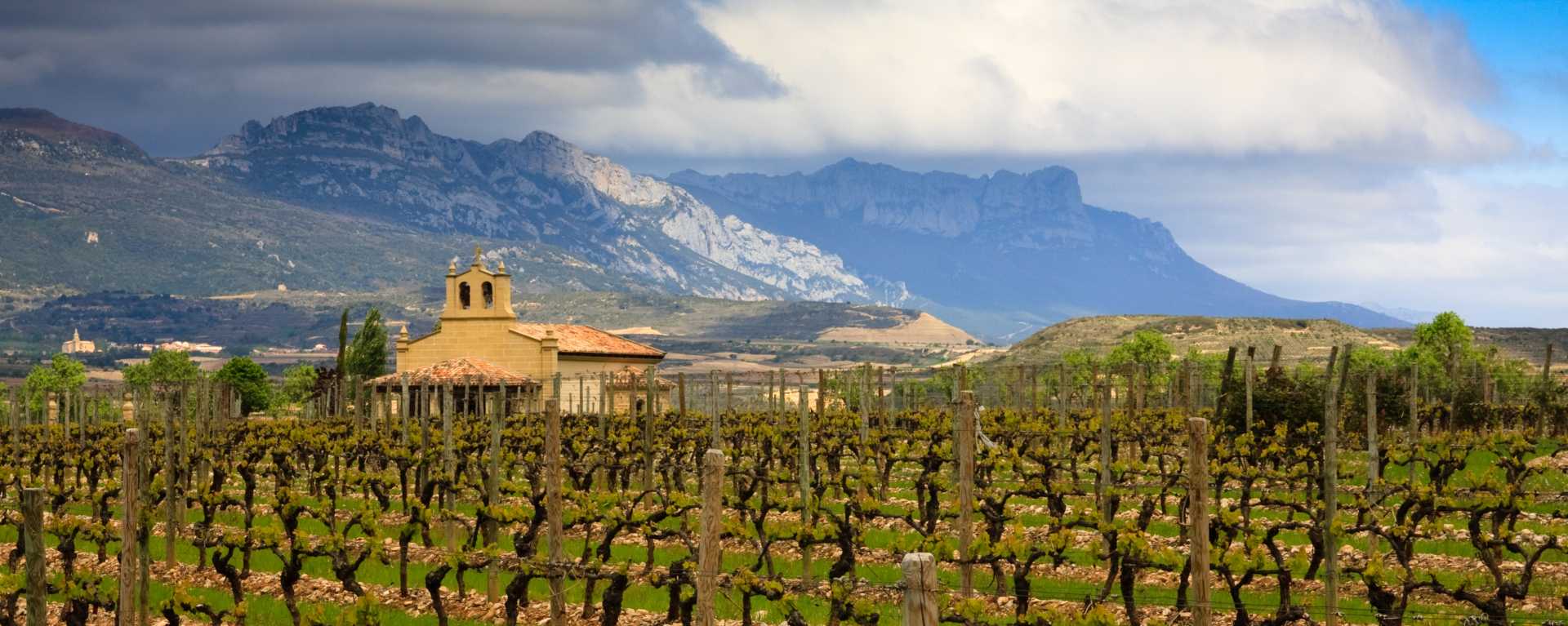Raventos i Blanc de Nit Rose 2013
-
Robert
Parker




Product Details
Your Rating
Somm Note
Winemaker Notes
Professional Ratings
-
Robert Parker's Wine Advocate
The 2013 De Nit is a blend of the three classical white grapes from the region, Macabeo, Xarello, Parellada and a pinch (5%) of red Monastrell sourced from the historical Viña de la Plana. The wine had an average of 24 months in contact with the lees (18 for the first disgorgement and up to 30 for the last bottles before they finish the vintage and start with a new one). The color is extremely pale (it could even pass as a Blanc de Noir) and the nose is very similar to the 2013 L'Hereu, perhaps not as fine, with very nice, clean fruit. The palate might have a little more weight, with faint flower notes, very good acidity and a little bit of tannin coupled with acidity that gives it length and persistence and a distinct elegant rusticity. I'm not a great fan of pink sparkling wine in general, but I'm a fan of this one. This is a perfect aperitif wine.
Other Vintages
2021-
Wine
Spectator - Decanter
-
Wine &
Spirits
-
Wine &
Spirits - Decanter
-
Robert
Parker
- Decanter
-
Robert
Parker -
Wine &
Spirits







Pepe Raventós is the 21st generation of the most exciting Spanish Sparkling producers, Raventós i Blanc.
With a documented history of viticulture back to 1497, officially creating the first sparkling wine in Spain in 1872 by Josep Raventós i Fatjó, the Raven- tós family are one of the best sparkling wine produ- cers in the country.
Pepe Raventós, of the current generation, is a dy- namic and forward-thinking man and honed his expertise with internships alongside the late, great Didier Dageneau in the Loire and Domaine Hubert Lamy in Burgundy, before returning to the family domaine to produce exceptional sparkling wines from their biodynamic, fossil-rich terroir.
In 2012, Raventos i Blanc withdrew from the Cava DO to initiate a new, terroir driven appellation, Conca del Riu Anoia, due to a desire to set a stan- dard in high quality wine production, where rules such as the use of only indigenous grapes, ecologi- cal viticulture (100% Biodynamic), estate-produced and estate-bottled fruit and minimum of 18 months of ageing requirements, apply.

What are the different types of sparkling rosé wine?
Rosé sparkling wines like Champagne, Prosecco, Cava, and others make a fun and festive alternative to regular bubbles—but don’t snub these as not as important as their clear counterparts. Rosé Champagnes (i.e., those coming from the Champagne region of France) are made in the same basic way as regular Champagne, from the same grapes and the same region. Most other regions where sparkling wine is produced, and where red grape varieties also grow, also make a rosé version.
How is sparkling rosé wine made?
There are two main methods to make rosé sparkling wine. Typically, either white wine is blended with red wine to make a rosé base wine, or only red grapes are used but spend a short period of time on their skins (maceration) to make rosé colored juice before pressing and fermentation. In either case the base wine goes through a second fermentation (the one that makes the bubbles) through any of the various sparkling wine making methods.
What gives rosé Champagne and sparkling wine their color and bubbles?
The bubbles in sparkling wine are formed when the base wine undergoes a secondary fermentation, which traps carbon dioxide inside the bottle or fermentation vessel. During this stage, the yeast cells can absorb some of the wine’s color but for the most part, the pink hue remains.
How do you serve rosé sparkling wine?
Treat rosé sparkling wine as you would treat any Champagne, Prosecco, Cava, and other sparkling wine of comparable quality. For storing in any long-term sense, these should be kept at cellar temperature, about 55F. For serving, cool to about 40F to 50F. As for drinking, the best glasses have a stem and a flute or tulip shape to allow the bead (bubbles) and beautiful rosé hue to show.
How long do rosé Champagne and sparkling wine last?
Most rosé versions of Prosecco, Champagne, Cava or others around the “$20 and under” price point are intended for early consumption. Those made using the traditional method with extended cellar time before release (e.g., Champagne or Crémant) can typically improve with age. If you are unsure, definitely consult a wine professional for guidance.

Known for bold reds, crisp whites, easy-drinking rosés, distinctive sparkling, and fortified wines, Spain has embraced international varieties and wine styles while continuing to place primary emphasis on its own native grapes. Though the country’s climate is diverse, it is generally hot and dry. In the center of the country lies a vast, arid plateau known as the Meseta Central, characterized by extremely hot summers and frequent drought.
Rioja is Spain’s best-known region, where earthy, age-worthy Spanish reds are made from Tempranillo and Garnacha (Grenache). Rioja also produces rich, nutty whites from the local Viura grape.
Ribera del Duero is gaining ground for Spanish wines with its single varietal Tempranillo wines, recognized for their concentration of fruit and opulence. Priorat, a sub-region of Catalonia, specializes in bold, full-bodied Spanish red wine blends of Garnacha (Grenache), Cariñena (Carignan), and often Syrah and Cabernet Sauvignon. Catalonia is also home to Cava, a Spanish sparkling wine made in the traditional method but from indigenous varieties. In the cool, damp northwest Spanish wine region of Galicia, refreshing Spanish white Albariño and Verdejo dominate.
Sherry, Spain’s famous fortified wine, is produced in a wide range of styles from dry to lusciously sweet at the country’s southern tip in Jerez.
